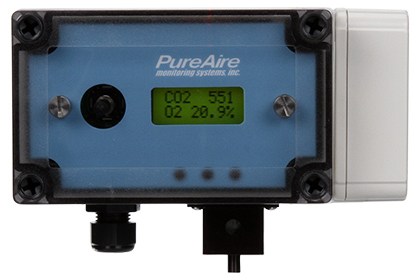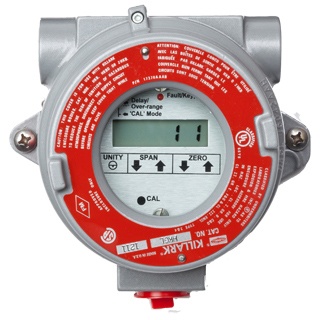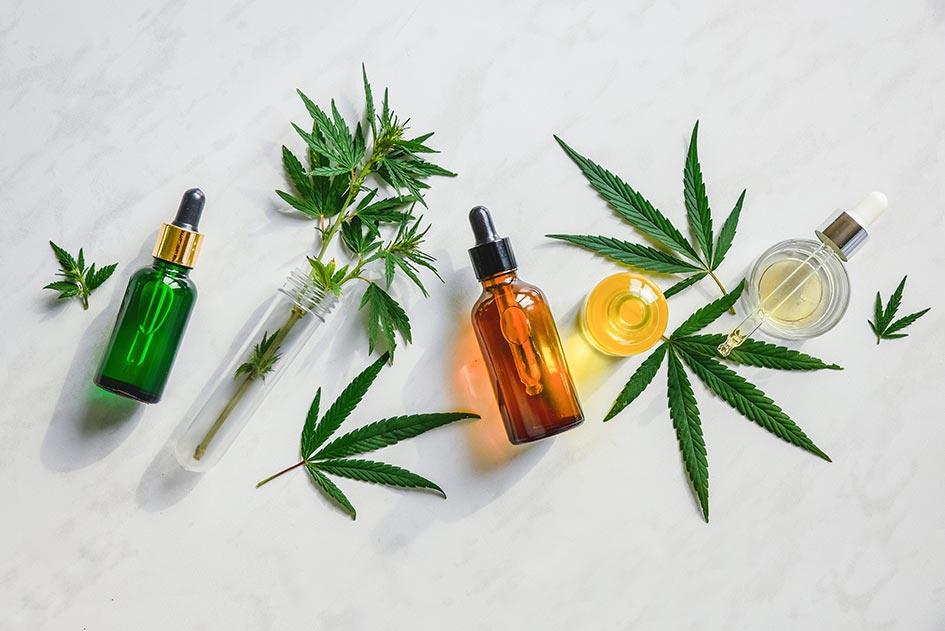Cannabis Extraction Safety
- By : PureAire Monitoring Systems
- Posted on : January 30, 2020
- News Room
In 1996, California passed Proposition 215, making it the first of many states to ultimately legalize medical cannabis; as of January 2020, an additional 32 states and the District of Columbia have also made medical cannabis legal. Additionally, recreational use of cannabis is now legal in 11 states and is decriminalized in many others. Cannabis legalization and decriminalization have made cannabidiol (“CBD”, a non-psychoactive compound found in cannabis), and tetrahydrocannabinol(“THC”, the chemical responsible for most of cannabis’ mind-altering effects), available to both recreational users and patients seeking treatment for such health issues as arthritis, anxiety, inflammation, seizure disorders, and nausea.
Since California’s groundbreaking move in 1996, medical and recreational cannabis has become a significant and rapidly growing industry. According to DC-based cannabis researcher, New Frontier Data, legal cannabis sales in the U.S. are expected to reach $30 billion annually by 2025. The industry growth has led to a substantial increase in grow rooms, medical dispensaries and other retail outlets, and extraction facilities.
Extraction
Extraction is a process by which desired chemical compounds are extracted and separated from the cannabis plant. Extraction strips the plant of essential oils, including CBD, THC, and terpenes (aromatic oils that give cannabis plants their distinctive scents). The extracted oils can be utilized in vape pens, edibles, capsules, tinctures, and topical solutions. Based on the end product, various techniques can be used for extracting the oils, including carbon dioxide (CO2) extraction and hydrocarbon solvent extraction (using solvents such as butane or propane).
Carbon Dioxide Extraction
Carbon dioxide, high pressure, and heat can be combined to create a “supercritical fluid” that extracts cannabis components from the plant. The CO2 extraction method generally produces high yields with relatively little waste. Temperatures and pressures can be adjusted to create multiple products including vaporizer oils; dabbing concentrates such as so-called waxes, crumble, shatters, and saps; and distillates (cannabis extracts that have been further purified and processed to separate and isolate the various cannabinoids, which include CBD and THC). Because CO2 evaporates on its own, many in the medical products and food and beverage industries find the CO2 extraction method appealing, since no residual carbon dioxide remains in the final manufactured product.
Hydrocarbon Solvents Extraction
Hydrocarbon extraction typically uses organic solvents such as butane and propane to separate essential oils from the plant material. The use of hydrocarbons for extraction is popular owing, in large part, to the relatively low overhead costs, efficiency (including the wide variety of products that can be created from a single extraction, without the need for further refinement), and high product quality associated with this technique. For instance, the low boiling point of butane, and even lower boiling point of propane, allow extractors to remove the desired compounds without risking evaporation of, or damage to, the delicate and heat-sensitive cannabinoids and terpenes. Moreover, their low boiling points makes it relatively easy to purge any residual butane or propane at the end of the extraction process, leaving behind only a relatively pure product.
Oxygen Monitors Can Protect Extractors and Their Employees
While CO2 and hydrocarbon solvents are important techniques for extracting essential oils from cannabis plants use of these gases is not without risk, since extraction facility personnel and property are exposed to potential leaks from gas supply lines and storage containers.
Carbon dioxide is an oxygen-depleting gas that is both odorless and colorless. As such, absent appropriate monitoring to detect that a leak has occurred, extraction employees could become dizzy, lose consciousness, and even suffocate from breathing oxygen-deficient air. Hydrocarbons such as butane and propane also deplete oxygen and, they are flammable and explosive as well.
Proper gas detection equipment should be placed where the cannabis extraction process takes place, as well as in CO2 and hydrocarbon storage rooms, and in any other site where CO2, butane, and propane may be expected to accumulate. The gas detection equipment should include the capacity to activate visual and audible alarms, stopping the flow of gas and turning on the ventilation system.
PureAire Monitors
 PureAire Monitoring Systems has safety monitors to meet the needs of cannabis extractors, whether they use CO2 or hydrocarbon solvents.
PureAire Monitoring Systems has safety monitors to meet the needs of cannabis extractors, whether they use CO2 or hydrocarbon solvents.
For facilities using carbon dioxide to extract their products, PureAire’s line of dual oxygen/carbon dioxide monitors offer thorough air monitoring, with no time-consuming maintenance or calibration required. The O2/CO2 monitor comes with user-adjustable alarm setpoints for both oxygen and carbon dioxide. The monitor is built with zirconium oxide sensor cells and non-dispersive infrared sensor (NDIR)cells, to ensure longevity.PureAire’s O2/CO2 monitors can last, trouble-free, for over 10 years under normal operating conditions.
Extractors utilizing hydrocarbon solvents, such as butane or propane, rely on PureAire’s LEL, explosion-proof, combustible gas monitors. The monitor is housed in a NEMA 4 enclosure specifically designed to prevent an explosion. The durable, long-life LEL catalytic sensor will last 5+ years without needing to be replaced.
 PureAire monitors feature an easy to read screen, which displays current oxygen levels for at-a-glance observation by employees, who derive peace of mind from the monitor’s presence and reliable performance. In the event of a gas leak, or a drop in oxygen to an unsafe OSHA action level, PureAire’s monitors will set off alarms, complete with horns and flashing lights, alerting personnel to evacuate the area. At the same time, the monitors can be programmed to turn off the flow of gas (CO2, butane, or propane, as appropriate), and turn on the ventilation system.
PureAire monitors feature an easy to read screen, which displays current oxygen levels for at-a-glance observation by employees, who derive peace of mind from the monitor’s presence and reliable performance. In the event of a gas leak, or a drop in oxygen to an unsafe OSHA action level, PureAire’s monitors will set off alarms, complete with horns and flashing lights, alerting personnel to evacuate the area. At the same time, the monitors can be programmed to turn off the flow of gas (CO2, butane, or propane, as appropriate), and turn on the ventilation system.
In short, PureAire’s monitors enable cannabis extractors, in a cost-effective manner, to preserve both the quality of their products and the well-being of their employees.



